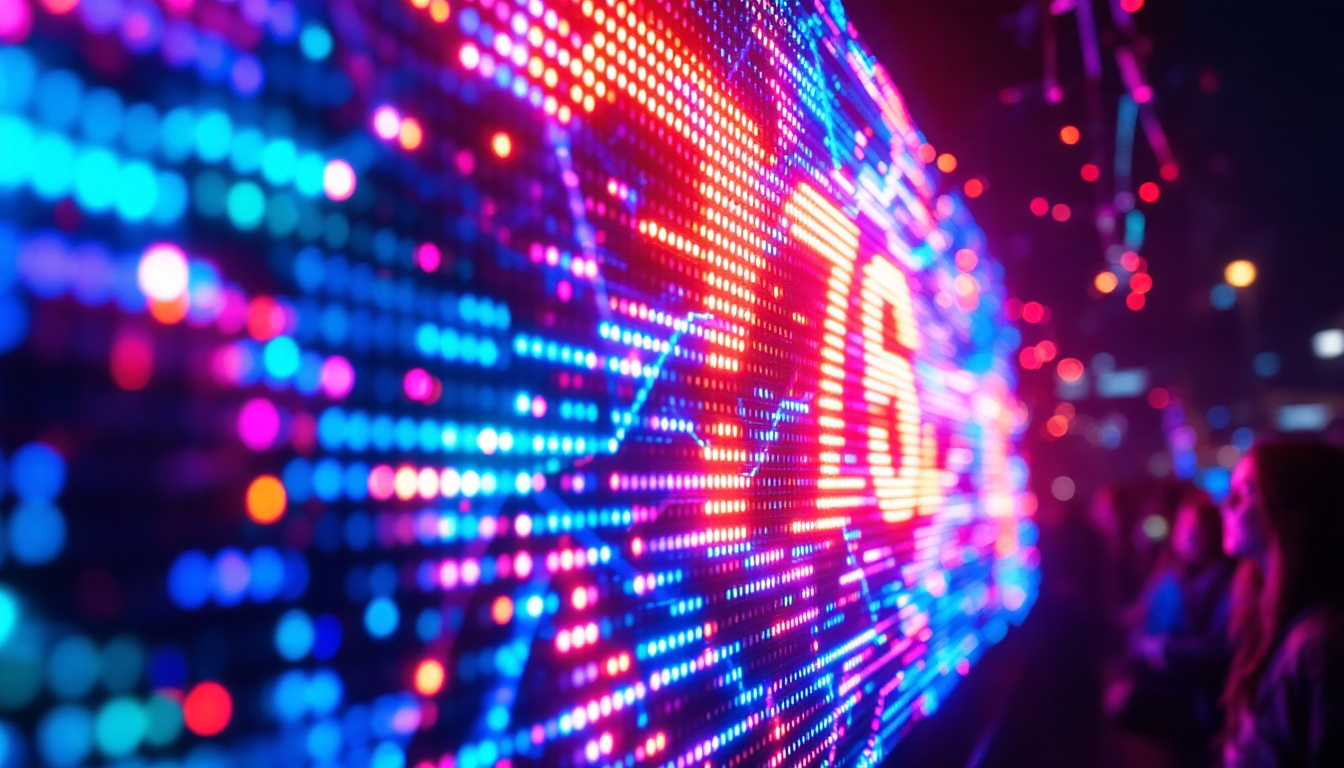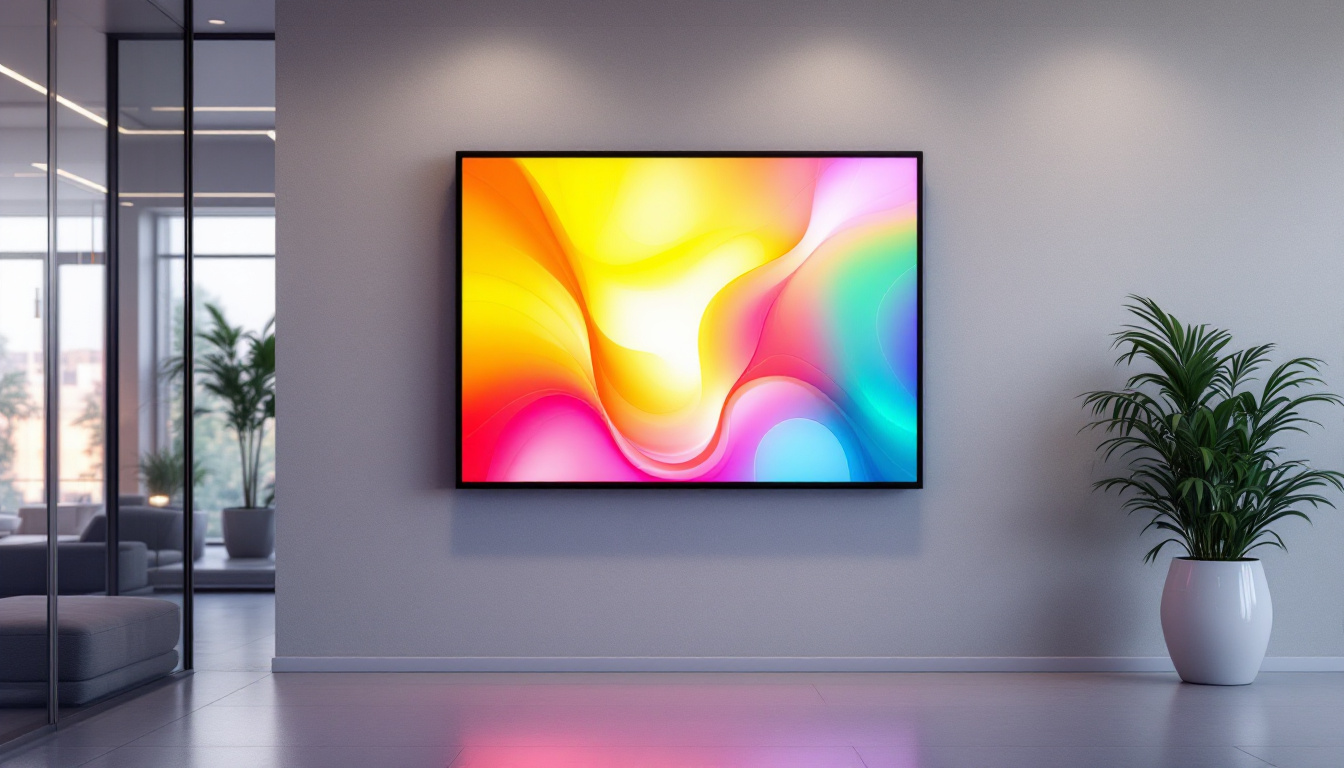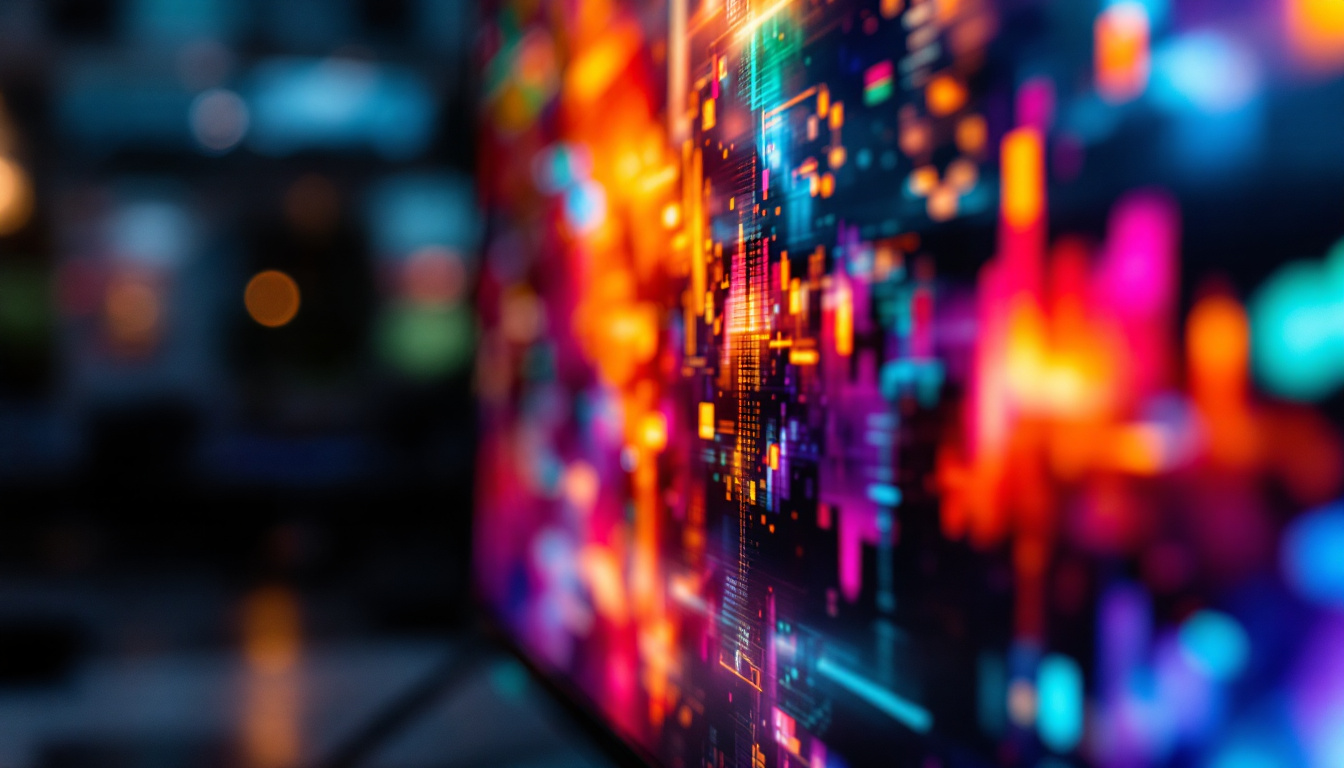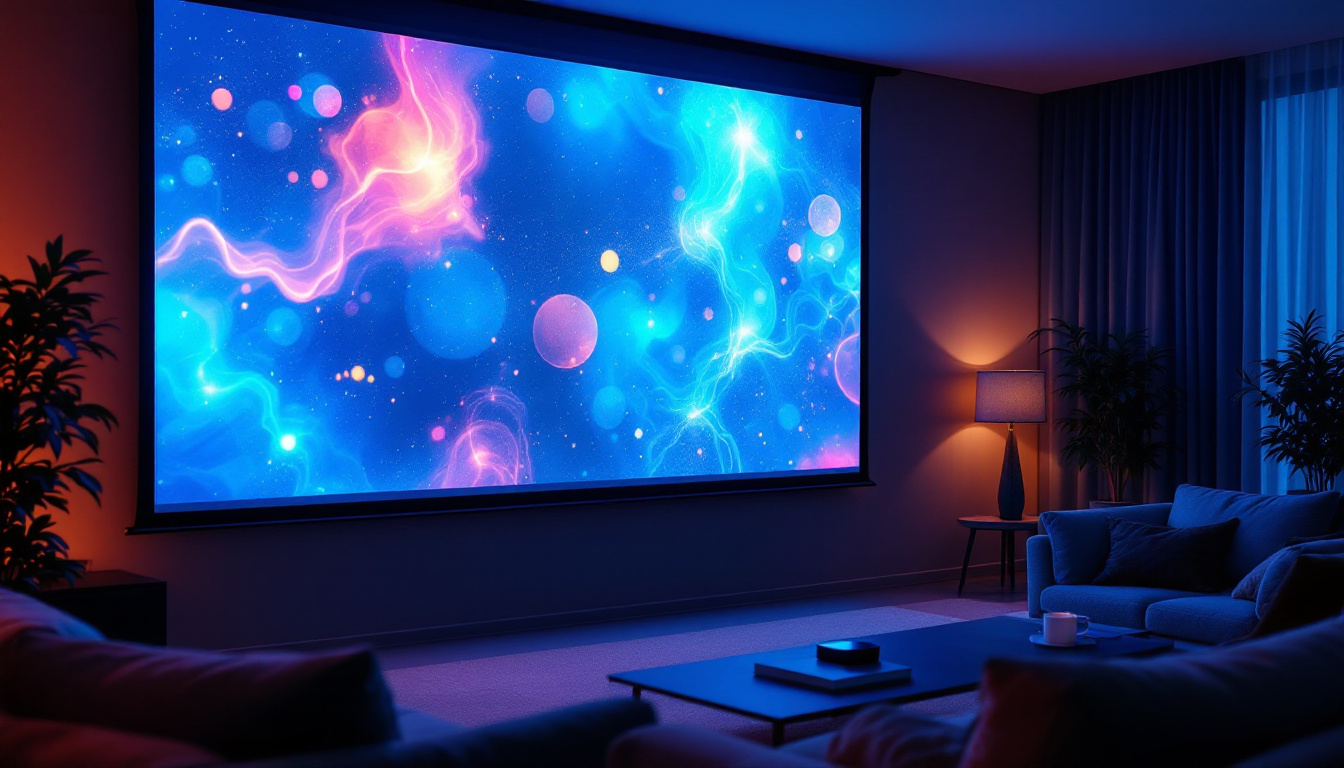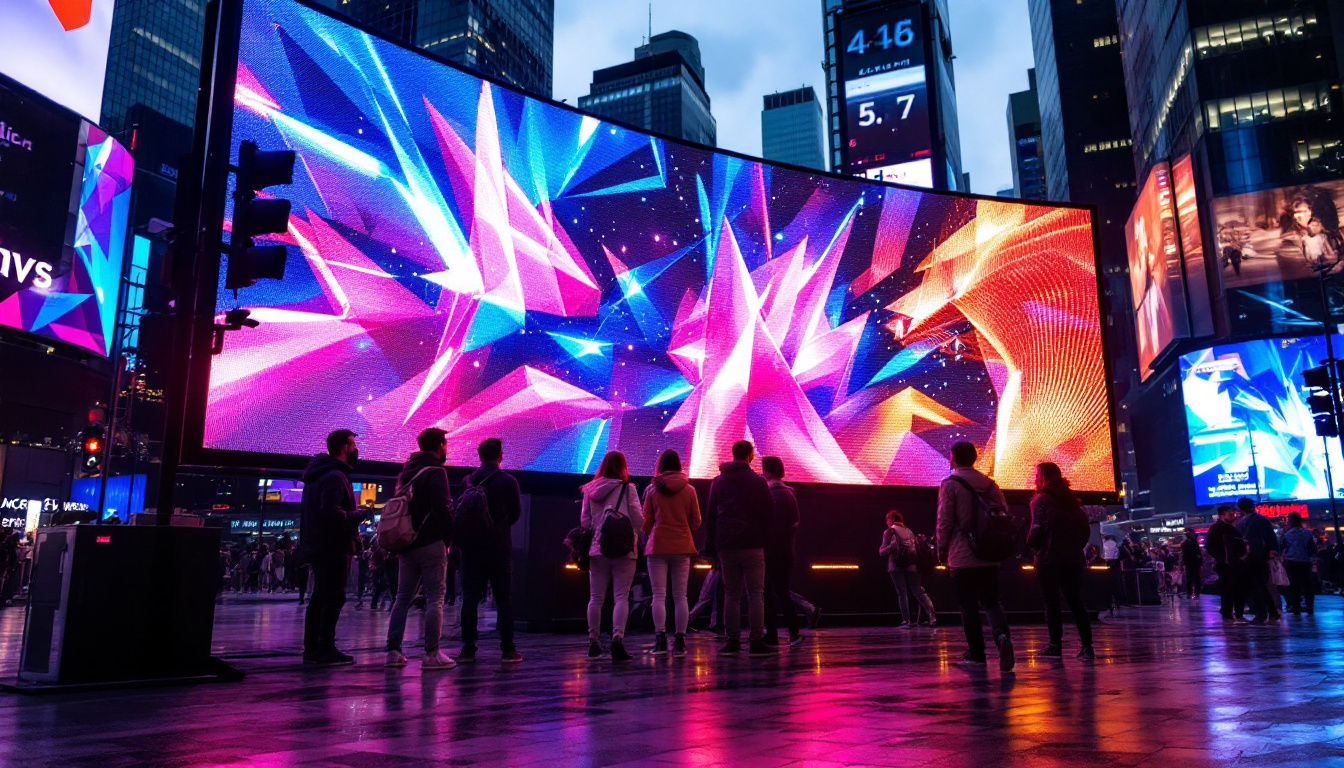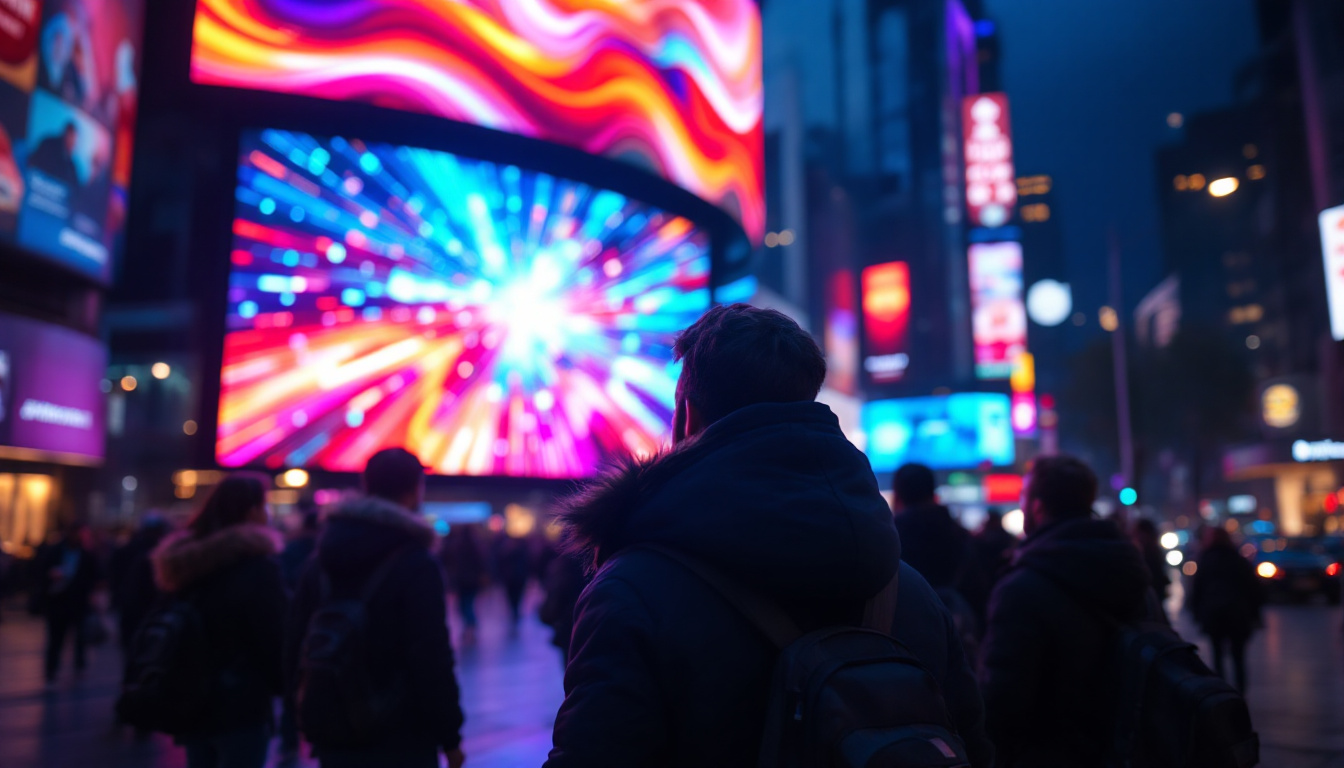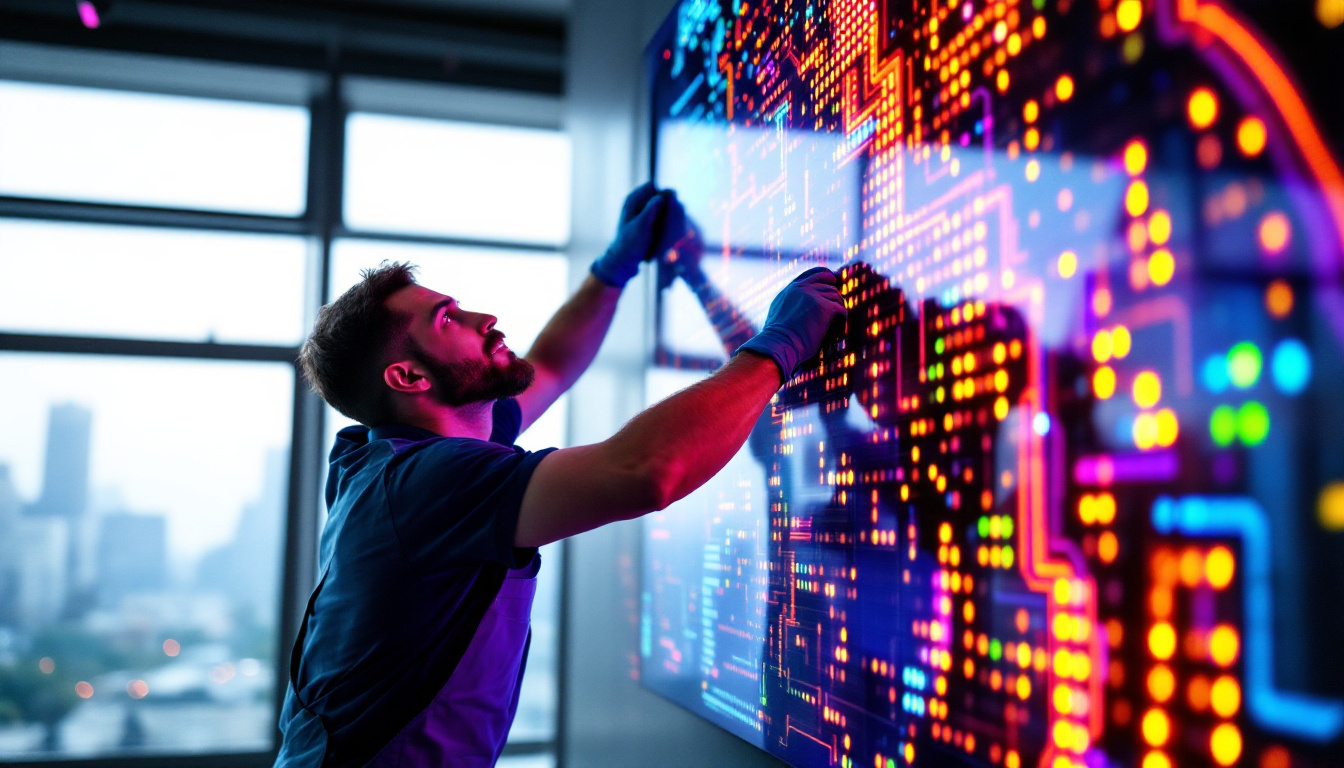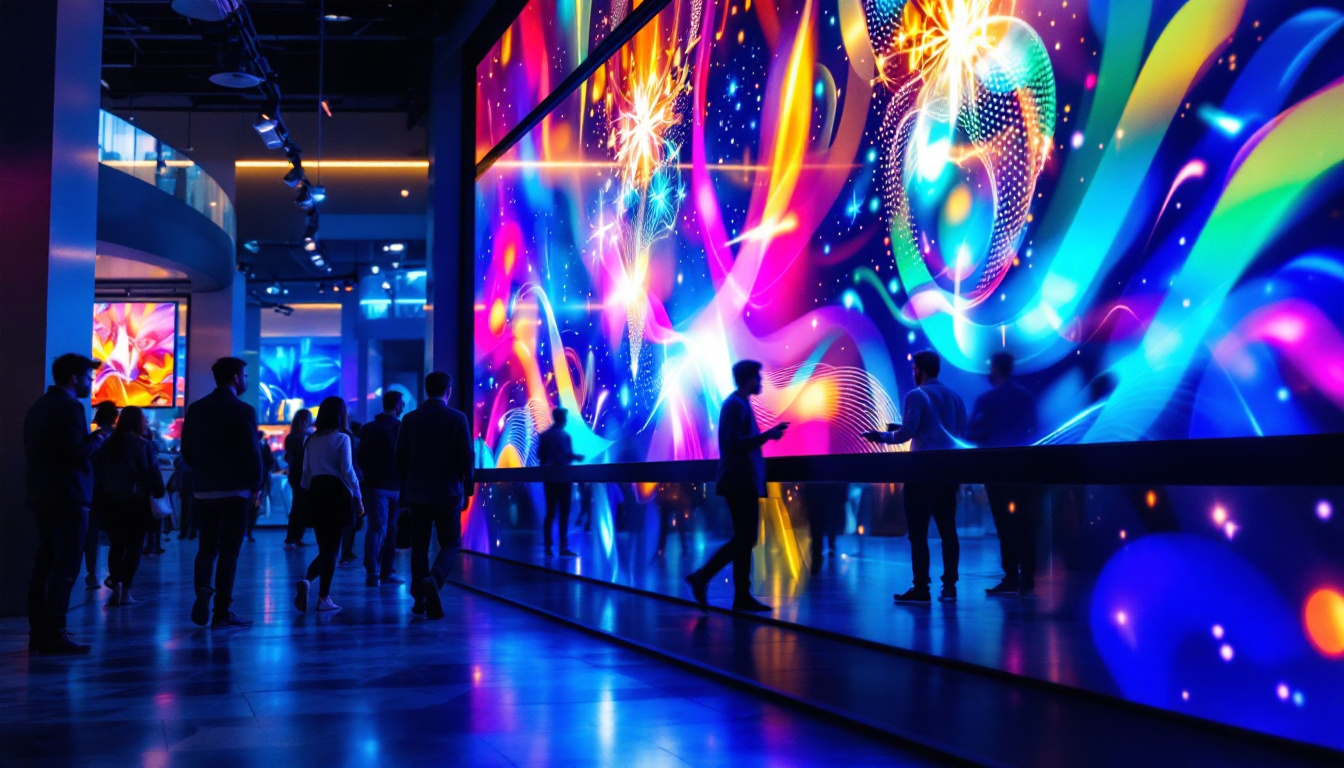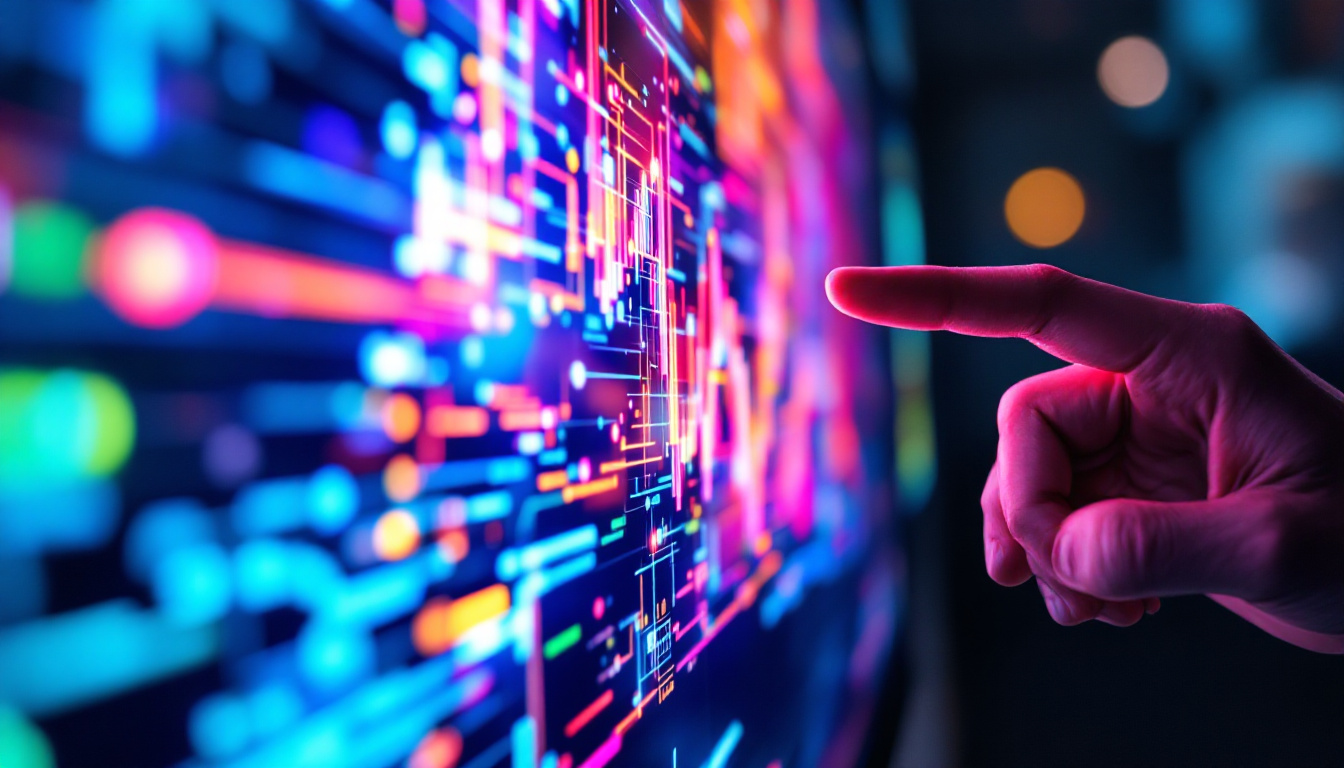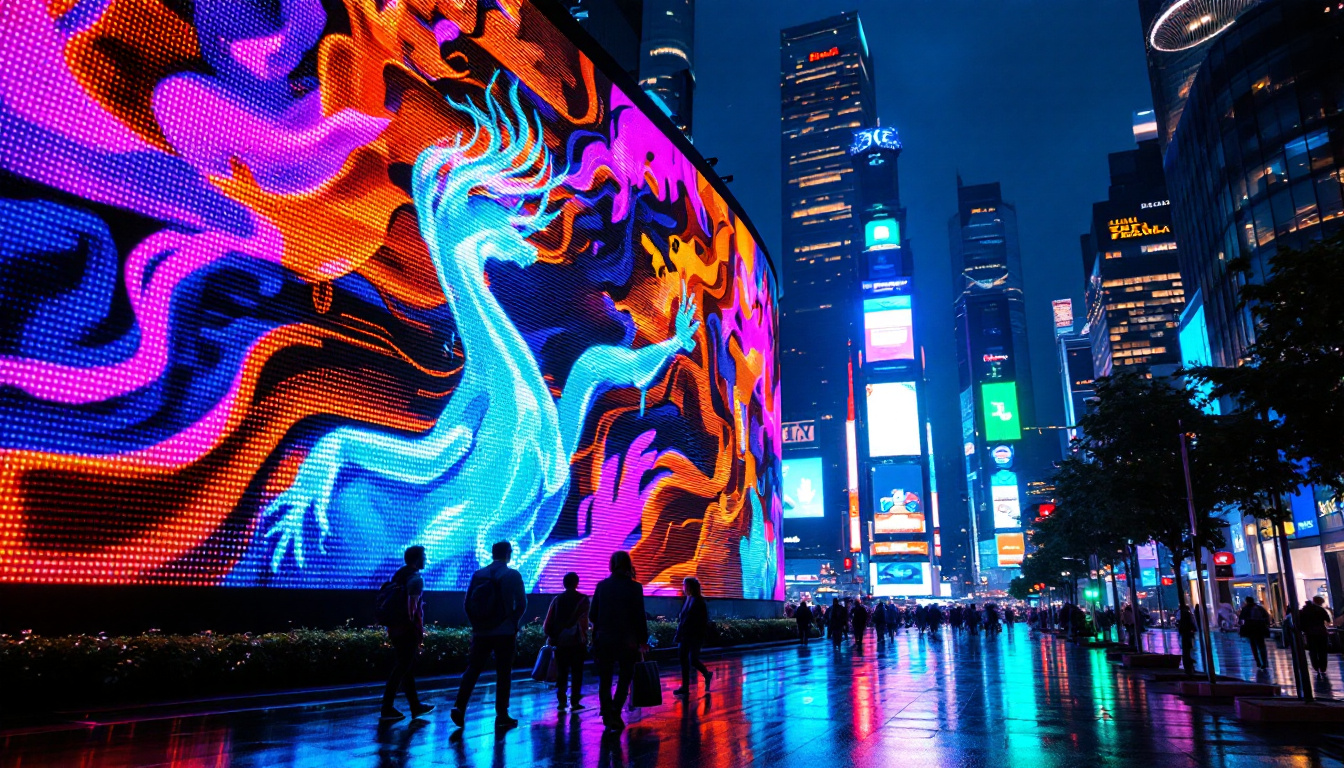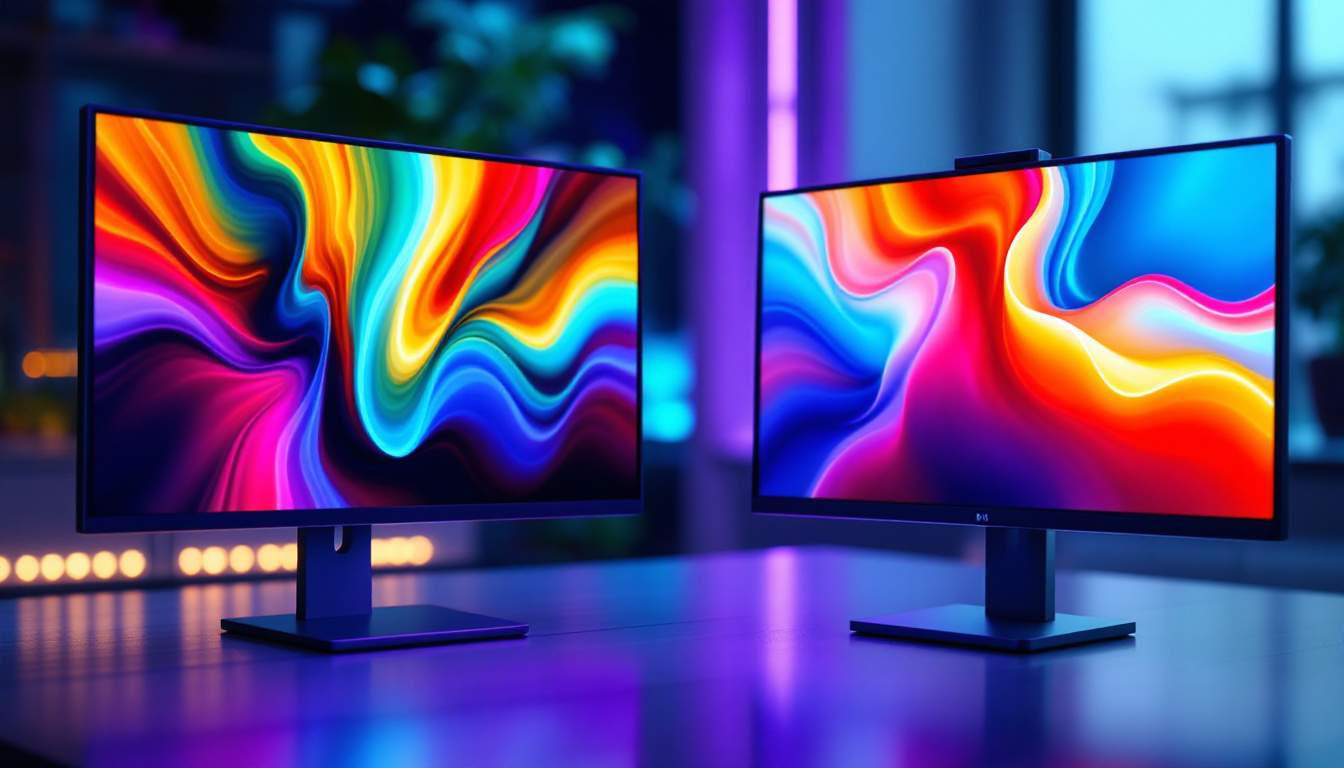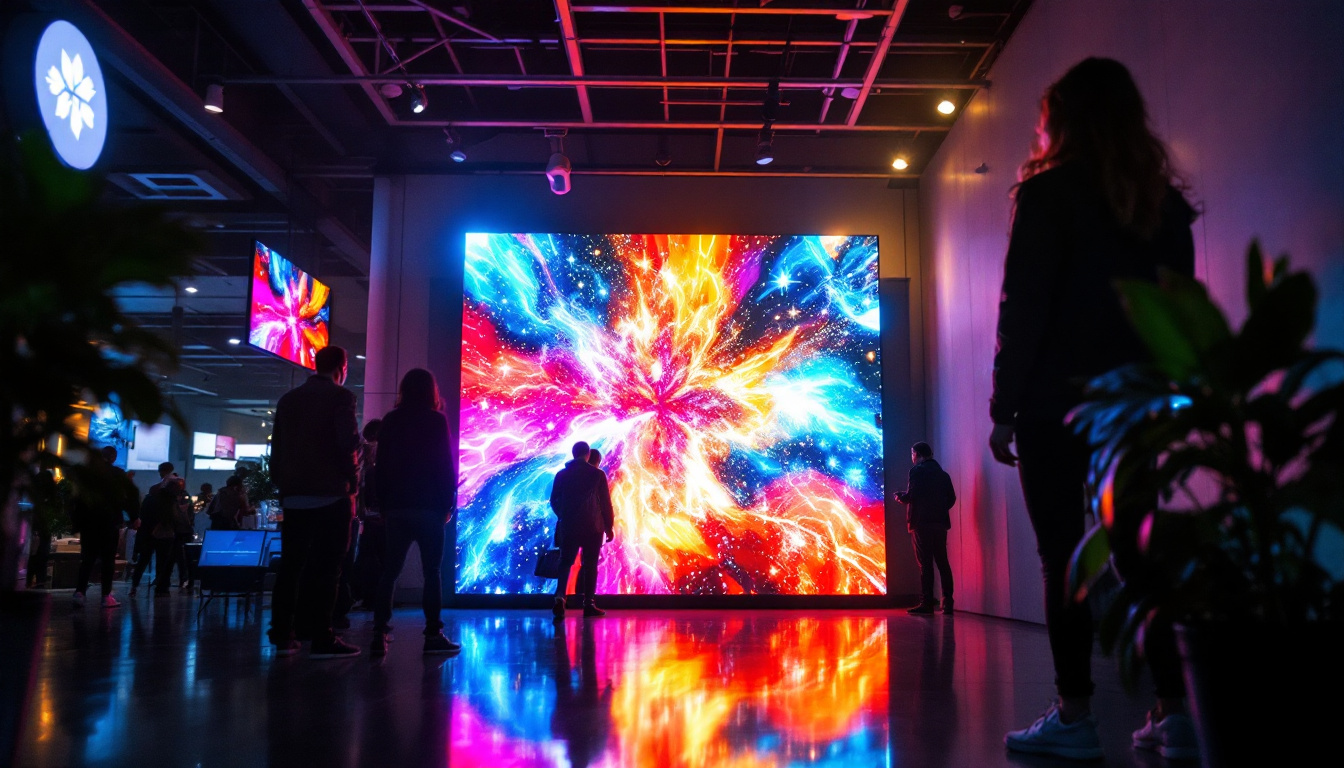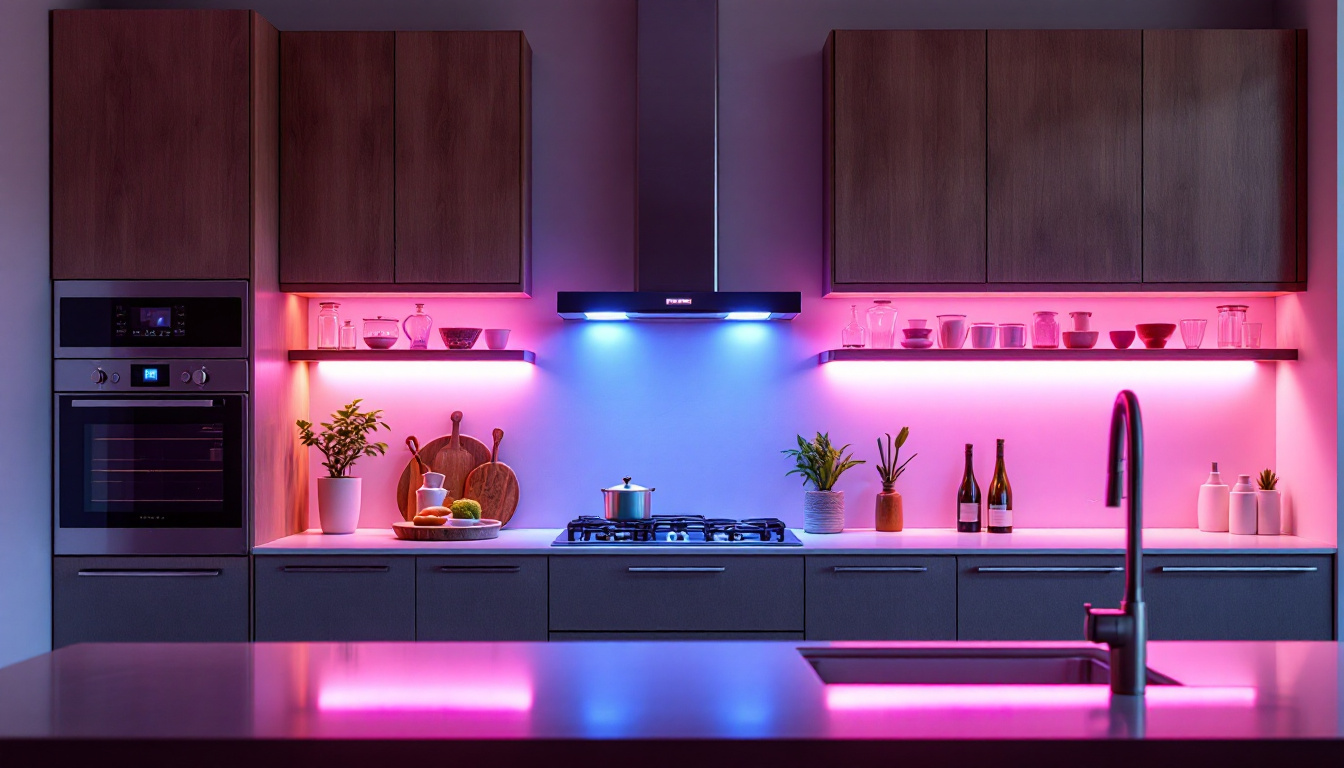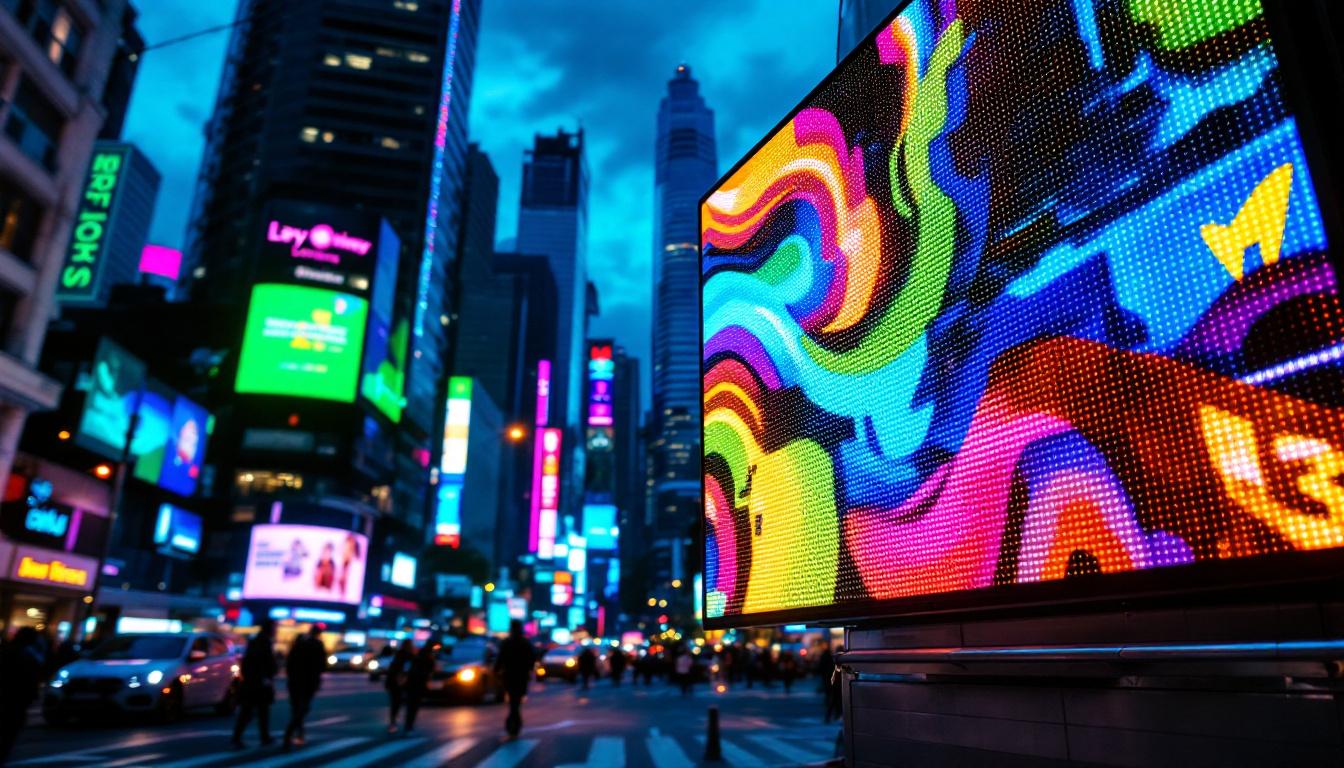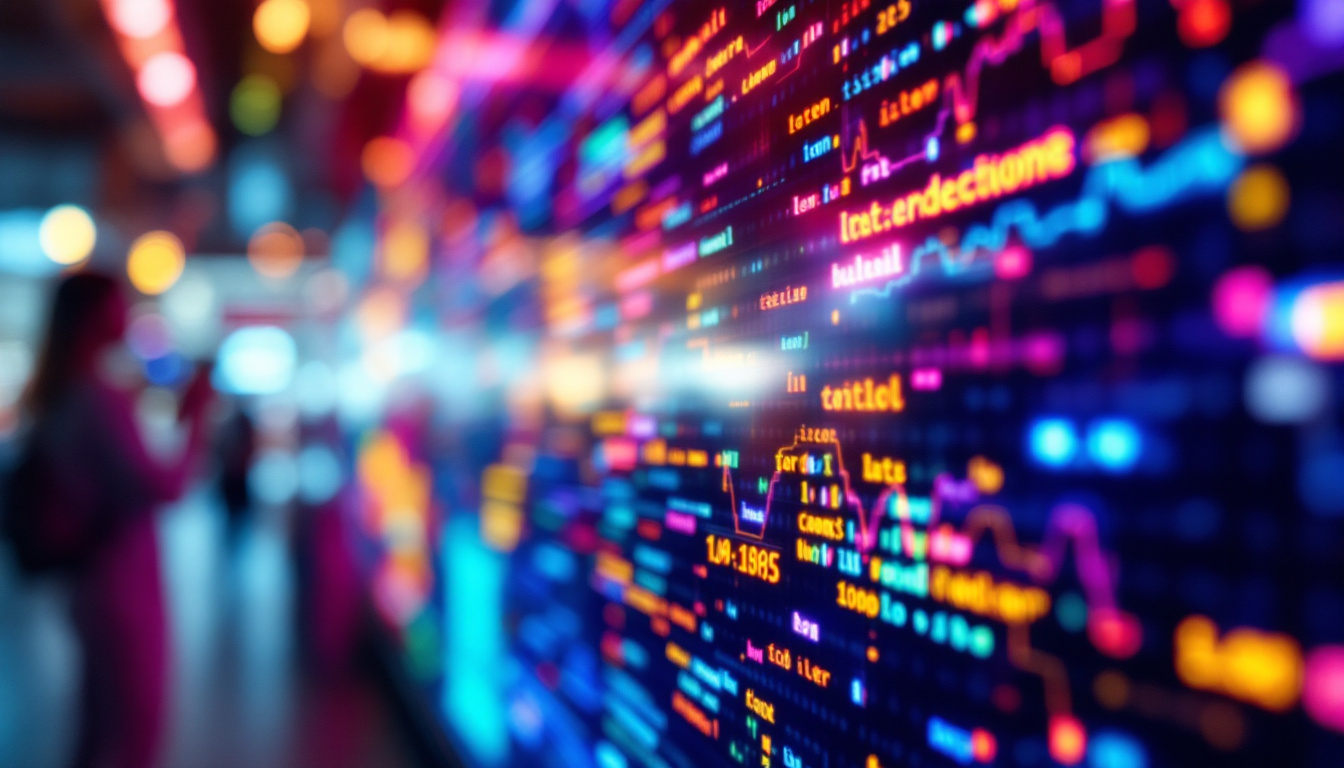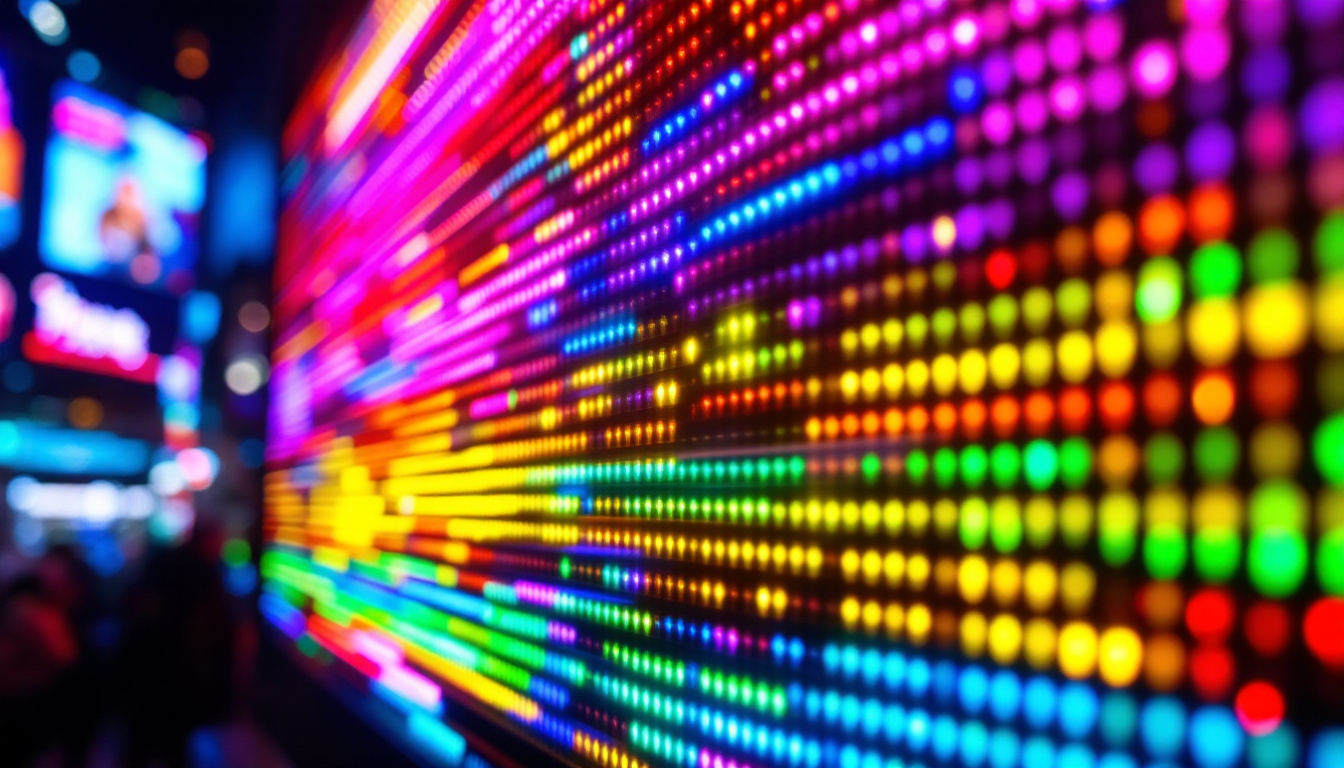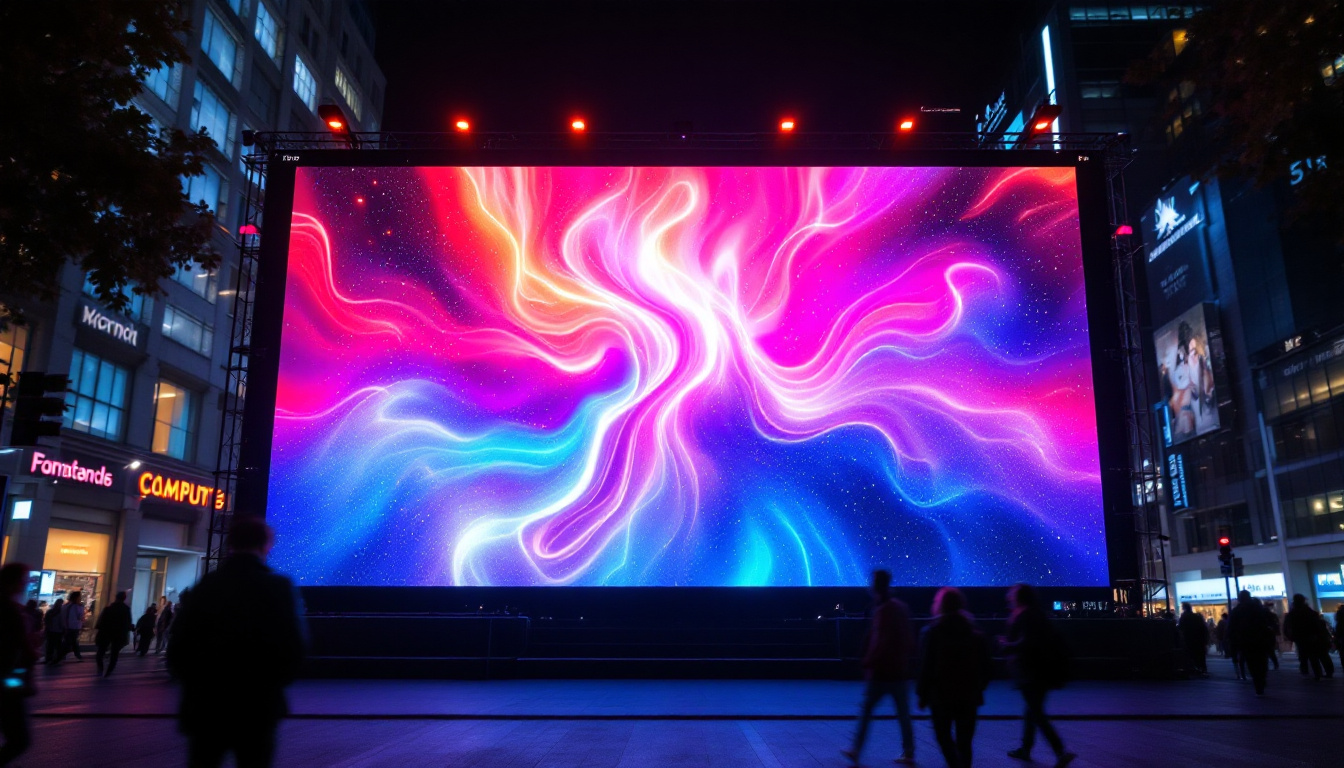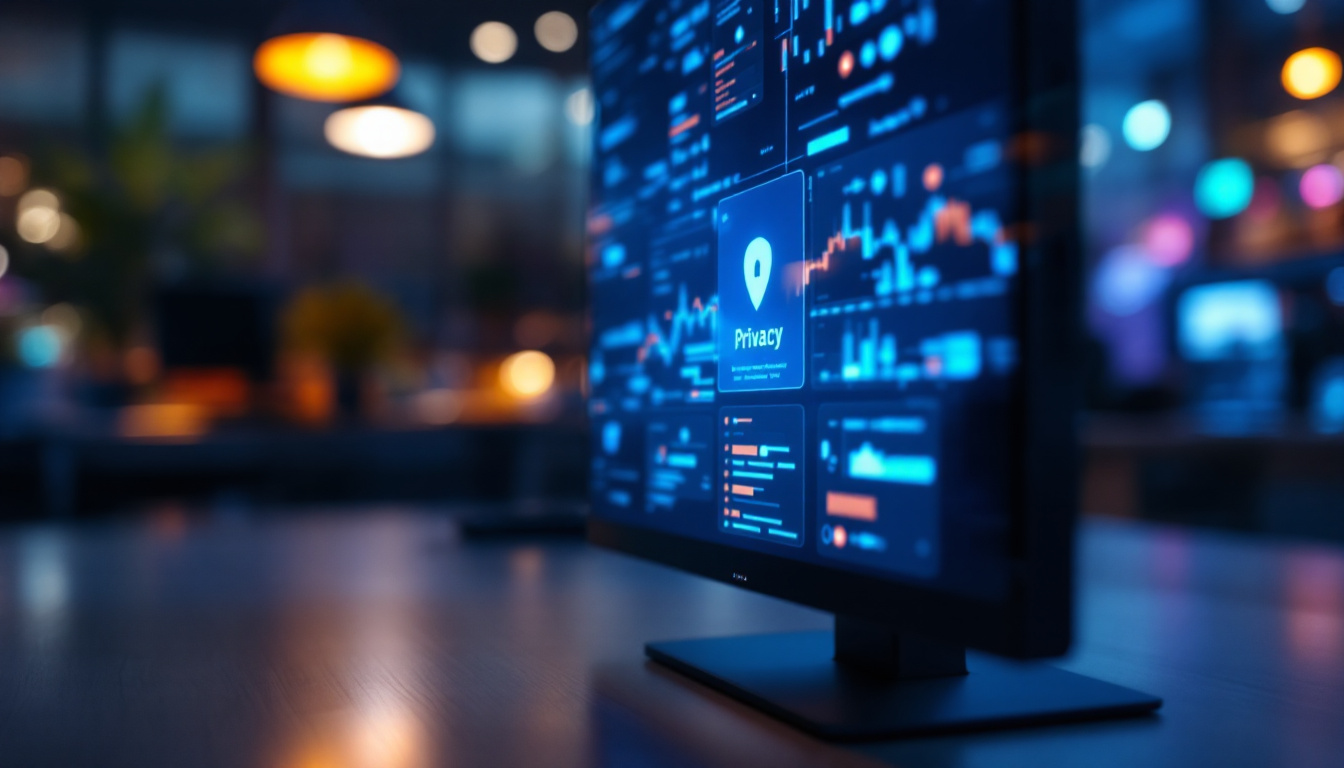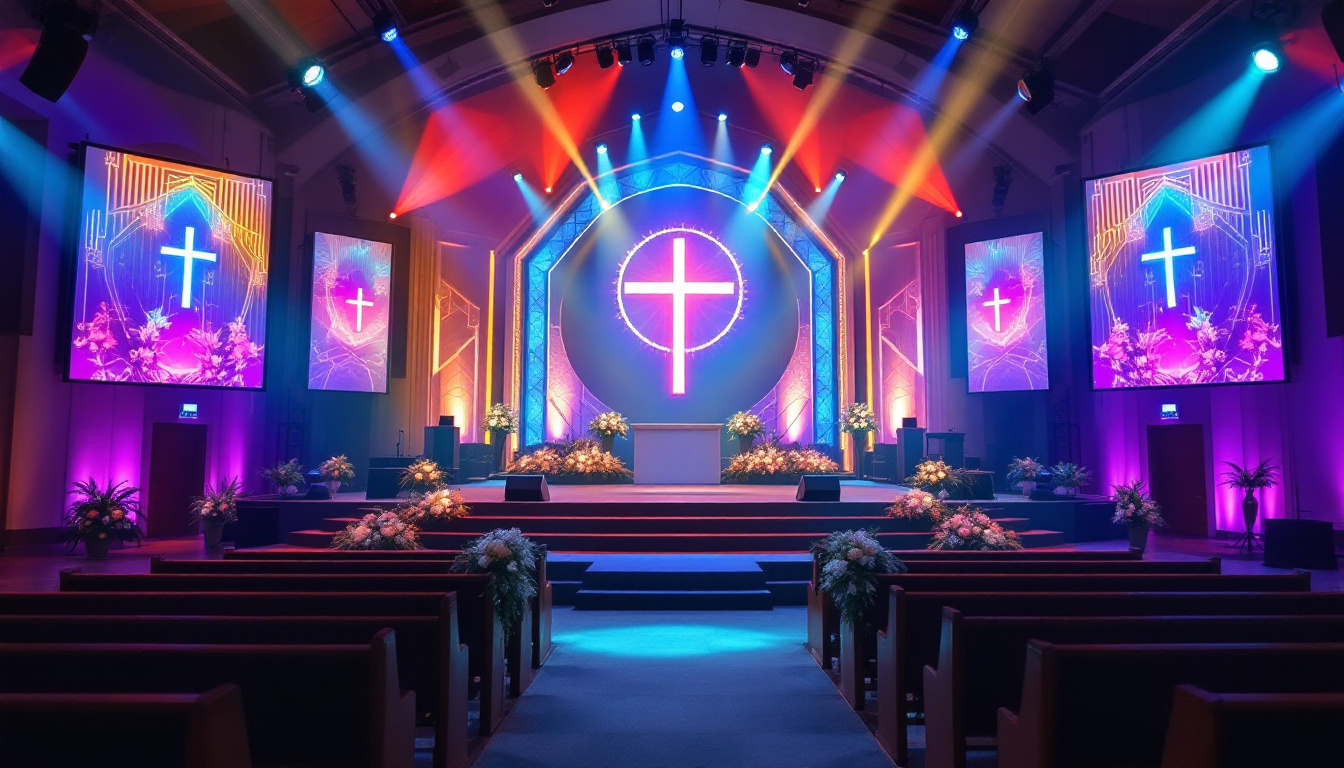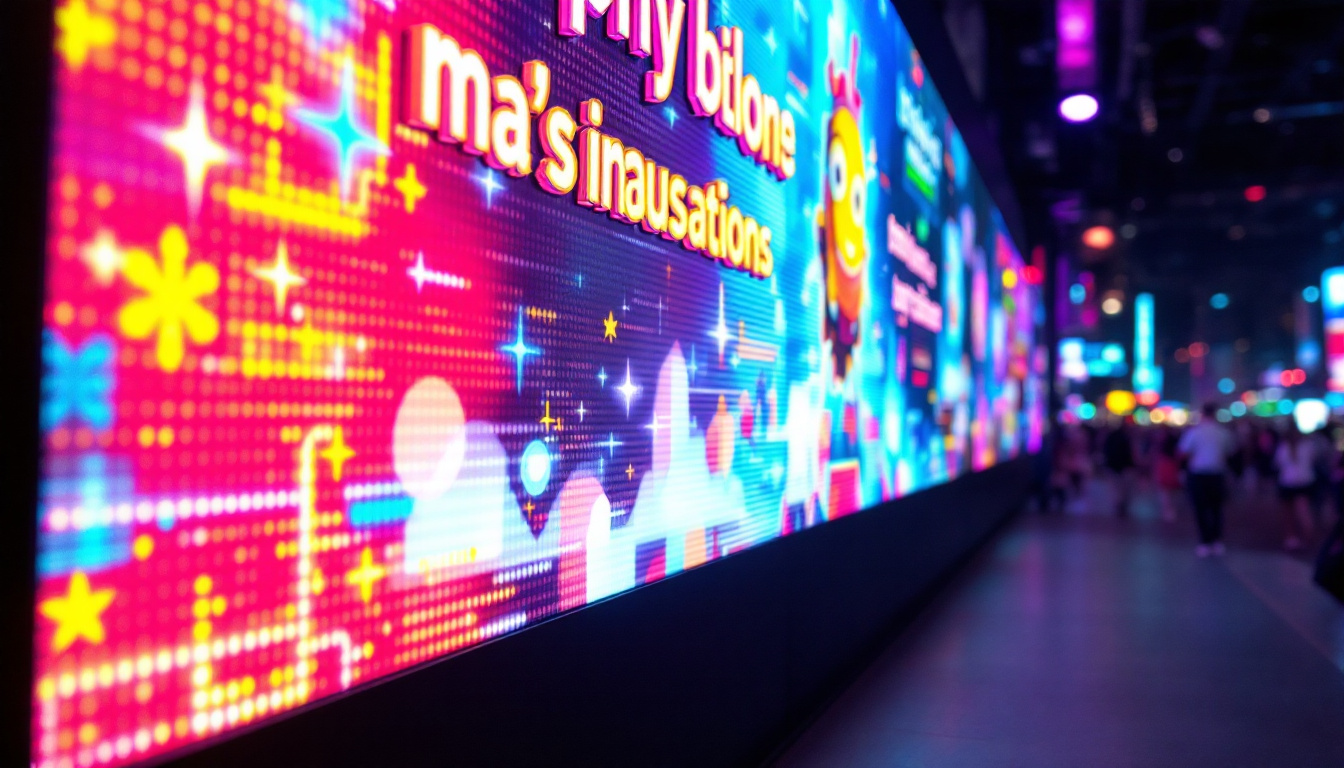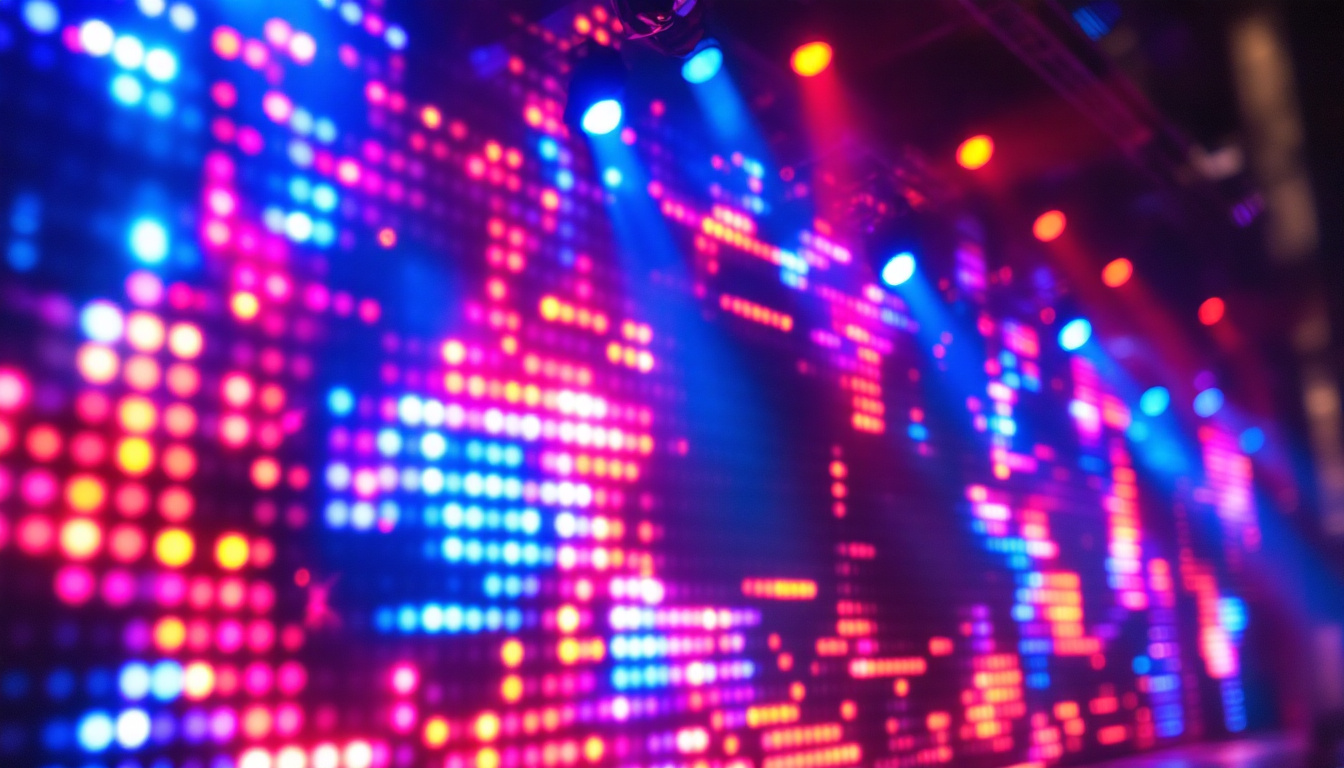In recent years, LED technology has revolutionized the way we perceive visual displays. From billboards to televisions, LED displays have become ubiquitous, offering vibrant colors and energy efficiency. This article delves into the world of Vision LED lights, exploring their functionality, advantages, and applications.
Understanding LED Technology
LED, or Light Emitting Diode, is a semiconductor device that emits light when an electric current passes through it. This technology has evolved significantly since its inception, leading to the development of high-quality LED displays that are widely used in various sectors. From household lighting to large-scale advertising displays, LEDs have transformed how we illuminate and visualize our environments, contributing to energy efficiency and sustainability.
The Basics of LED Operation
At its core, an LED works by electroluminescence, which is the phenomenon where a material emits light in response to an electric current. When electrons move through the semiconductor material, they recombine with holes, releasing energy in the form of photons. This process is what generates light. The efficiency of this light emission is one of the reasons LEDs are favored over traditional incandescent bulbs, as they convert a higher percentage of electricity into visible light rather than heat.
LEDs are typically made from materials such as gallium arsenide or gallium phosphide, which determine the color of the emitted light. The combination of different materials allows for a wide spectrum of colors, making LEDs highly versatile for display applications. Additionally, advancements in technology have led to the development of white LEDs, which are created by combining different colored LEDs or by using phosphor coatings to convert blue light into a broader spectrum, providing a warm and inviting illumination suitable for various settings.
Types of LED Displays
LED displays can be categorized into several types, each designed for specific applications. The most common types include:
- Direct View LED: These displays consist of individual LED modules that are assembled to create a larger screen. They are commonly used for outdoor advertising and large venues, such as stadiums and concert halls, where visibility from a distance is crucial.
- LED Backlit LCD: In this configuration, LEDs are used to backlight an LCD panel. This combination offers enhanced brightness and contrast compared to traditional LCDs, making them ideal for televisions and computer monitors where color accuracy and clarity are paramount.
- Organic LED (OLED): OLEDs utilize organic compounds to emit light, allowing for thinner displays with better color accuracy and viewing angles. This technology is increasingly popular in smartphones and high-end televisions, where sleek design and vibrant visuals are highly sought after.
Furthermore, there is a growing trend towards integrating LED technology with smart features, enabling displays to adjust brightness based on ambient light conditions or even respond to user interactions. This not only enhances the viewing experience but also contributes to energy savings, as the displays can optimize their performance based on real-time data. As research continues to push the boundaries of LED technology, we can expect to see even more innovative applications emerging across various industries.
Advantages of LED Displays
LED displays offer numerous benefits that make them a preferred choice for various applications. Their advantages extend beyond mere aesthetics, impacting performance, longevity, and energy consumption.
Energy Efficiency
One of the most significant advantages of LED technology is its energy efficiency. LED displays consume considerably less power compared to traditional lighting solutions. This not only reduces electricity bills but also contributes to a lower carbon footprint, making them an environmentally friendly option. Furthermore, the reduced energy consumption translates to less heat generation, which can help in maintaining a cooler environment in spaces where these displays are installed. This characteristic is particularly beneficial in commercial settings, where air conditioning costs can be significantly reduced as a result.
Longevity and Durability
LEDs have a longer lifespan than traditional light sources, often lasting up to 50,000 hours or more. This durability means less frequent replacements, leading to cost savings in maintenance and operation. Additionally, LEDs are more resistant to shock and vibration, making them suitable for various environments, including outdoor settings. Their robust construction also allows them to withstand extreme weather conditions, such as heavy rain, snow, or intense sunlight, ensuring reliable performance in diverse climates. This resilience makes LED displays a smart investment for businesses looking to maximize their return on investment.
Vibrant Colors and High Brightness
LED displays are known for their ability to produce bright and vibrant colors. This is particularly important for applications such as advertising, where visual impact is crucial. The high brightness levels of LED displays ensure visibility even in direct sunlight, making them ideal for outdoor use. Moreover, advancements in LED technology have led to the development of displays that can achieve a wider color gamut, allowing for more accurate and vivid color reproduction. This capability not only enhances the viewing experience but also allows for creative and dynamic content that can capture and hold the attention of audiences more effectively.
Versatility in Applications
Another notable advantage of LED displays is their versatility. They can be utilized in a wide range of applications, from large-scale billboards and digital signage to indoor screens for concerts and events. This adaptability makes them suitable for various industries, including retail, entertainment, transportation, and education. For instance, in retail environments, LED displays can be used for eye-catching promotions and product showcases, while in educational settings, they facilitate interactive learning experiences. The modular nature of many LED display systems also allows for custom configurations, enabling businesses to create unique visual solutions tailored to their specific needs.
Applications of Vision LED Lights
The versatility of LED displays allows them to be utilized in a wide range of applications. From advertising to entertainment, the possibilities are endless.
Advertising and Marketing
In the advertising sector, LED displays have transformed how brands communicate with consumers. Dynamic content, animations, and real-time updates can be displayed, capturing attention more effectively than static billboards. Businesses can leverage these displays to promote products, services, and events, enhancing customer engagement.
Entertainment and Events
LED displays are a staple in the entertainment industry, used in concerts, festivals, and sporting events. They provide a platform for stunning visuals, enhancing the overall experience for attendees. The ability to create immersive environments with large-scale LED screens has made them a popular choice for event organizers.
Public Information and Transportation
LED displays are also widely used in public transportation systems, providing real-time information to passengers. From train schedules to bus routes, these displays enhance communication and improve the overall efficiency of transit systems. Additionally, they are utilized in airports for flight information, ensuring travelers are well-informed.
Challenges and Considerations
While LED technology offers numerous advantages, it is not without its challenges. Understanding these challenges is crucial for making informed decisions regarding LED display implementation.
Initial Costs
The initial investment for LED displays can be higher than traditional display technologies. However, considering their longevity and energy efficiency, the long-term savings often outweigh the upfront costs. Businesses must evaluate their budget and consider the return on investment when selecting LED displays.
Heat Management
LEDs generate heat during operation, which can impact their performance and lifespan if not managed properly. Effective heat dissipation systems are essential to ensure that the displays operate within optimal temperature ranges. This may involve additional costs for cooling systems, particularly in large installations.
Color Calibration
Maintaining color accuracy across an LED display can be challenging, especially in large-scale applications. Color calibration is crucial to ensure that the displayed content appears as intended. Regular maintenance and adjustments may be necessary to keep the colors consistent.
The Future of LED Displays
The future of LED display technology looks promising, with continuous advancements shaping the industry. Emerging trends and innovations are set to enhance the capabilities and applications of LED displays even further.
MicroLED Technology
MicroLED technology is an exciting development that involves using microscopic LEDs to create displays. This technology promises to deliver higher resolutions, improved color accuracy, and even greater energy efficiency. As MicroLED technology matures, it may revolutionize the display market, offering new possibilities for both consumer and commercial applications.
Flexible and Transparent Displays
Another trend gaining traction is the development of flexible and transparent LED displays. These innovative designs allow for creative applications, such as curved screens and see-through displays. This flexibility opens up new avenues for advertising, interior design, and even wearable technology.
Integration with Smart Technology
The integration of LED displays with smart technology is also on the rise. As the Internet of Things (IoT) continues to expand, LED displays can be connected to various devices, enabling real-time data sharing and interactivity. This integration can enhance user experiences and create more engaging environments.
Conclusion
Vision LED lights and displays have transformed the landscape of visual communication. Their energy efficiency, longevity, and vibrant colors make them an ideal choice for a wide range of applications, from advertising to public information. While challenges exist, the benefits far outweigh them, especially with ongoing advancements in technology.
As the industry continues to evolve, the future of LED displays looks bright. With innovations such as MicroLED technology and smart integration on the horizon, the potential for LED displays is limitless. Embracing this technology not only enhances visual experiences but also contributes to a more sustainable future.
In summary, the world of Vision LED lights is one of excitement and potential. As businesses and individuals look for effective ways to communicate visually, LED displays will undoubtedly play a pivotal role in shaping the future of visual media.
Explore the Future of Visual Communication with LumenMatrix
As you consider the vast potential and innovative applications of Vision LED lights, LumenMatrix stands at the forefront of this technological evolution. With a commitment to revolutionizing visual communication, our extensive range of LED display solutions—including Indoor and Outdoor LED Wall Displays, Vehicle LED Displays, LED Poster Displays, LED Sports Displays, Floor LED Displays, Custom LED Displays, All-in-One LED Displays, and LED Transparent Displays—is designed to captivate audiences and amplify your message. Embrace the future of vibrant, energy-efficient, and dynamic visual experiences with LumenMatrix. Check out LumenMatrix LED Display Solutions today and see how we can illuminate your brand’s vision.

